Animals in Winter: Student-Driven Learning to Explore Habitats
Kindergarten teacher and Seedlings alum Jen Wilson explored habitats, starting with the simple question: "What is a home?"
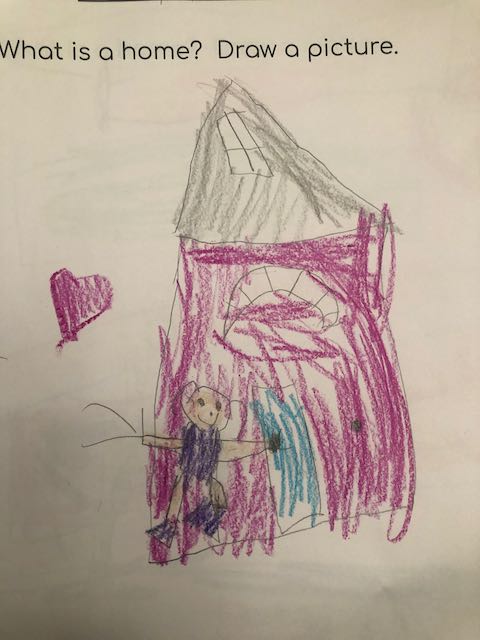
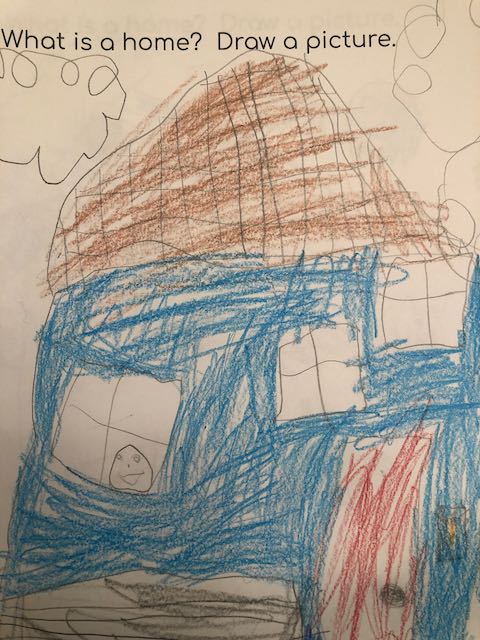
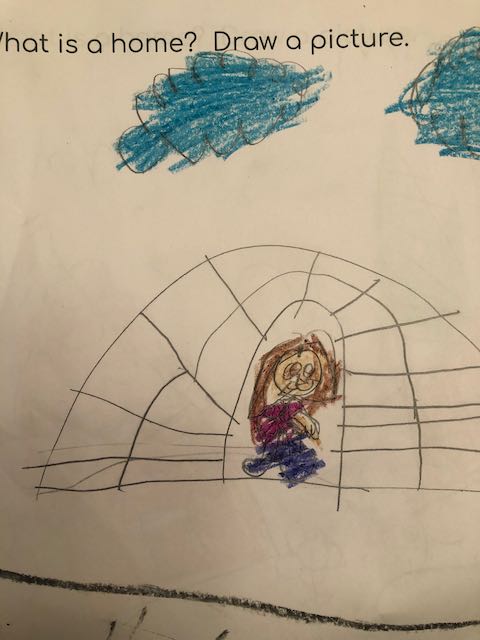
What is a home?
What is a home? That was the question I asked my students one afternoon, at the beginning of our Animal Unit. I heard similar answers from many of my students. “My home is a brick building.” “My house is white with a black door.” Of course, those were all good answers, but I was surprised that nobody had mentioned an animal home when I asked the initial question. I finally did ask them, “What about animals? Do they have homes? Or are people the only ones who have homes?” The room suddenly erupted with excitement as they all realized that animals do have a home — they just do not look like human homes.
What do animals do in the winter?
I knew my Kindergarten kids could explore these questions further by participating in research, exploration, and engineering. Over the next few weeks, my students focused on learning about animal homes in the winter months. We started this new learning by exploring an essential questions: What do animals do in the winter? The students noted that they themselves could go inside their house and use blankets to keep warm. We discussed the different types of clothing used during these cold months and how the weather affects what we decide to wear each day. We talked about how animals don’t have the same exact options we do to keep warm. So what do they do to survive in the cold? That was one of our big questions.
Migration
First we talked about migration. My students know how much I love monarch butterflies and have learned all about their migration patterns since the fall. For this particular learning target, we talked about snowy owls and what they do in the winter months. We read about how the owls follow the source of their food, called lemmings. Students loved learning about their nests, which are made on the ground. Of course we had to go outside to make a nest trying our best to match what real owls use to engineer their homes. After this, students made their own pinecone owl, named it, and put it in their nests. The kids were so excited to take them home and care for them!
Hibernation
Hibernation was next. We made bears sleeping in their dens. The class participated in a Mystery Science online activity and learned more about this as well as the different types of food the bears like to eat. Next, we read the book Over and Under the Snow by Kate Messner. We really focused on learning about the animals that live in our area. Students were quite amazed about frogs and how their bodies freeze in the cold weather.
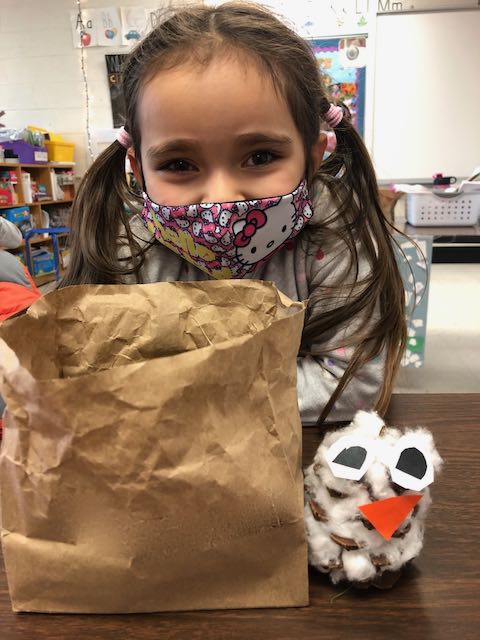
How do animals adapt to their environment?
The class learned how some animals adapt to their environment. Over the fall months we observed some of the squirrels gathering acorns outside our classroom window. We talked about how they were trying to bury as many acorns as possible for the winter months. The kids also learned that a squirrel shivers its body to keep themselves warm. I was happy to see that the kids could really watch and make a connection with nature. We look out our classroom window to observe the squirrel’s nest in the oak tree; the students often wonder if it is warm enough in its home up high.
Making Connections
Our culminating activity was another “Best day ever!” Each student had the opportunity to choose a winter animal of interest. They researched the animal’s home by looking at some Epic books on their iPads. It was amazing to see how excited they were to learn about what materials they would need to use to build their animal home outside.
We ventured back outside through my favorite green door in the building. Going outside to gather materials and start building homes was so exciting for the kids! Burrows, dens, and other animal homes quickly emerged using sticks, grass, and leaves. Some students worked together to build, while others preferred to be alone.
I saw a connection in my students’ learning whether they were in-person for this activity, or remote. One of my students chose a snake as her animal. She learned that snakes hibernate in groups under the ground. I found her using a stick to dig a hole and bury her snake. “He will be safe here,” she said. “I would like to come back in the spring to see how he is doing.” I told her we would check on him again. Another student was working at home during the last week of this unit. Knowing that this student loves her many stuffed animals, I gave her an assignment to choose one and make a home for it. I knew that this artsy and creative student’s animal home would be bright and colorful and full of stickers. Indeed it was! Although her animal home did not reflect the realistic homes we learned about in school, it did provide the most important attributes we initially talked about during the very first lesson. Her animal had shelter and food. I could see how it would feel safe and secure by her design and creativity.
As I reflected on this unit, I noticed a common theme the students kept bringing up: the need for shelter, safety, and food. I never explicitly taught the children this big idea. Rather, through science, math, engineering, and reading, I guided them toward this understanding. In open-ended activities, they were able to integrate and apply their knowledge. The children were deeply engaged and took charge of their learning. It was magical to watch and observe.
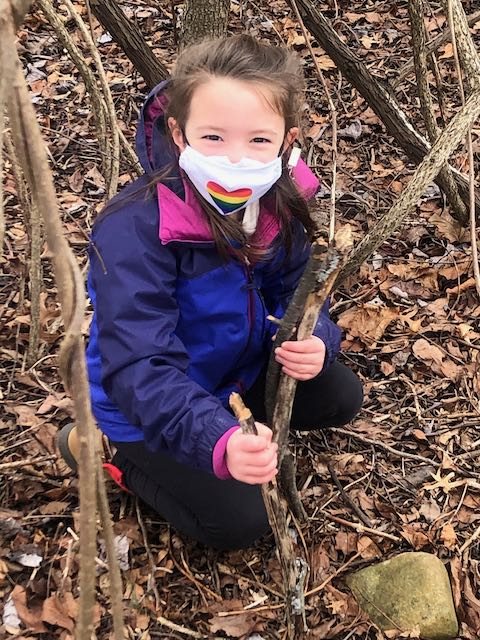
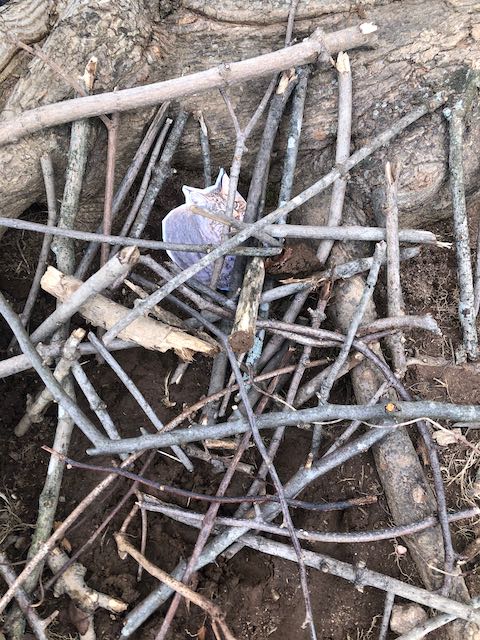
Jen Wilson is our Fellow from Cook Hill Elementary School in Wallingford. She is in her 21st year of teaching kindergarten. Patient, caring, and creative, she is most passionate about extending her teaching outside the four walls of the classroom. She’s also a mother of two who loves running and spending time outdoors with her family, especially at the beach.
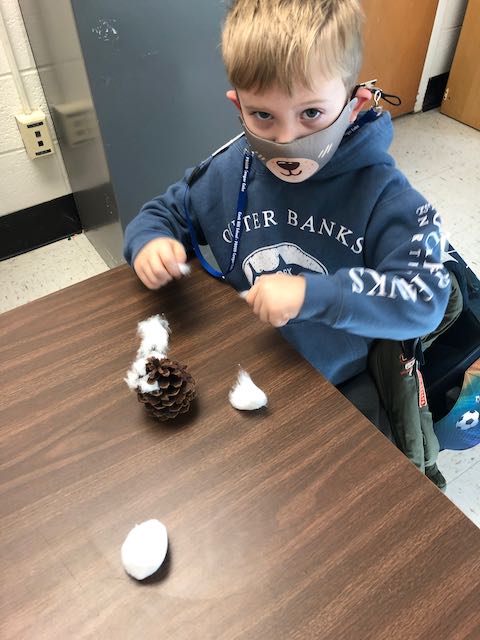
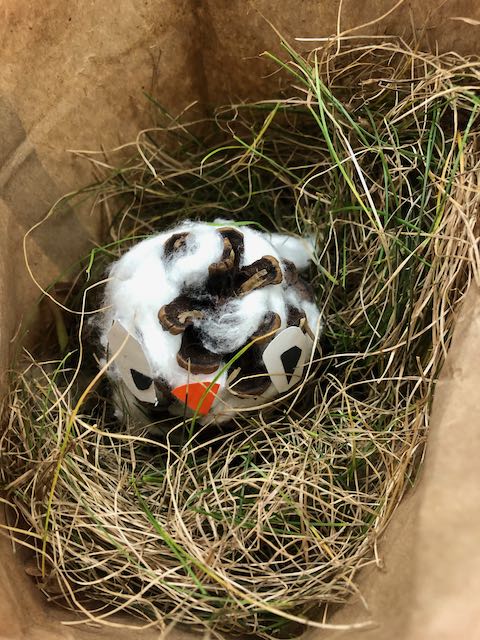
More from In My Classroom
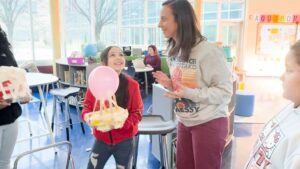
Watch Students Explore Gravity Concepts And Problem Solve through STEM
J.S. Martinez Magnet School’s STEM Resource Teacher Alyssa Granata-Basso welcomed Seedlings Educators Collaborative to observe students don their engineering hats in a hands-on problem-solving lesson exploring gravity. In teams, students designed, built, tested, and re-engineered a traveling vehicle to protect Alyssa’s friend “Eggbert” from the impact of landing.
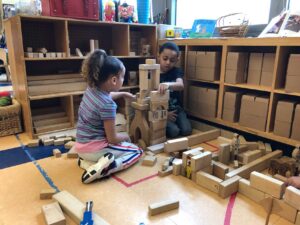
Reclaiming Kindergarten by Going Back to the Basics
As schools and districts place increasing emphasis on scores from high-stakes testing, teachers receive less autonomy in developing experiences and curriculum that engage students in meaningful learning. Over the course of one year, teachers revamped their kindergarten program, putting children’s development and interests in their rightful place as the centerpiece of curriculum by bringing play back into the classroom.
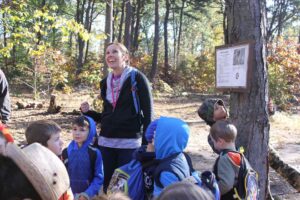
Jen Wilson’s Kindergartners Discover STEAM and Meaningful Connections in the Great Outdoors
Jen Wilson, kindergarten teacher at Cook Hill School in Wallingford, and the school librarian, Anna O’Brien, were awarded a grant from the Wallingford Education Foundation to develop a program they are calling KinderTinker. Jen and Anna are bringing the learning outside for extended free play and exploration, as well as structured STEAM-based activities that tie into the kindergarten science units.
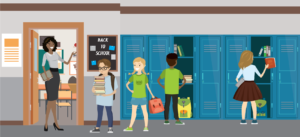
What should we expect from a 5th grader?
There are academic, behavioral and social-emotional benchmarks we expect of our general education students, no matter the year, but fifth grade, in particular, brings about new expectations as students move from lower elementary to more focused academic work, classroom transitions, and the need for organization and multitasking, among other important skills.

Animals in Winter: Student-Driven Learning to Explore Habitats
Jen Wilson’s kindergartners learn about shelter, safety, food through science, nature, math, engineering and reading.

Hug a Tree: A Framework for STEAM Learning
Hug a Tree: A Theme for STEAM Learning Seedlings Facilitator Julie Peterman took her students out to look at trees for a meaningful learning experience. One warm late winter morning, Julie Peterman’s 3-year old class at Conte West Magnet School to were introduced to Nyree Hodges, an educator at Common Ground Urban Farm and Environmental
